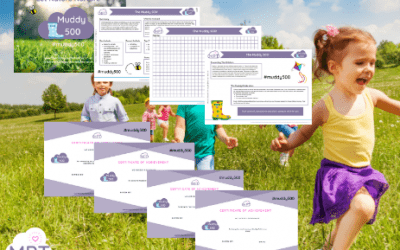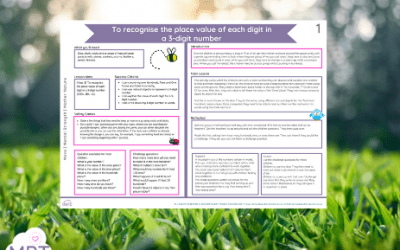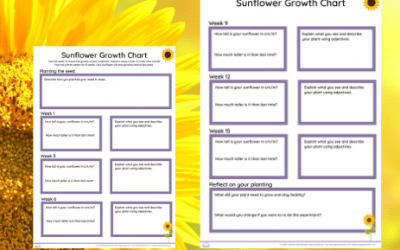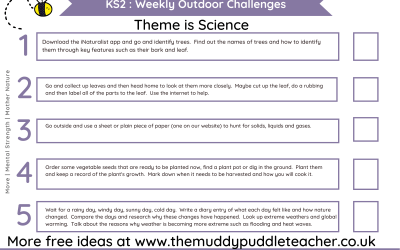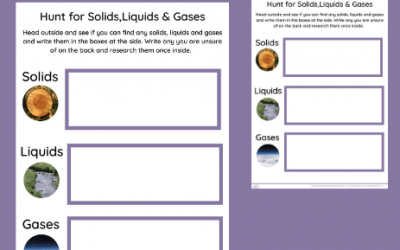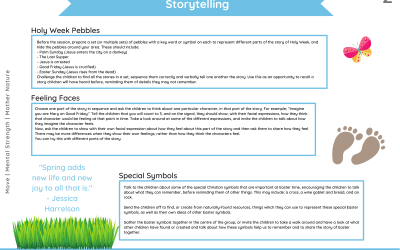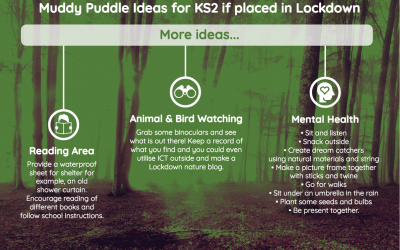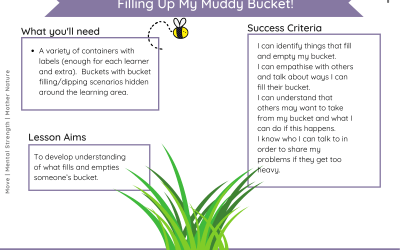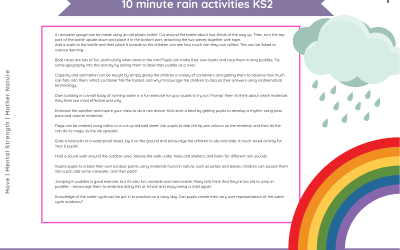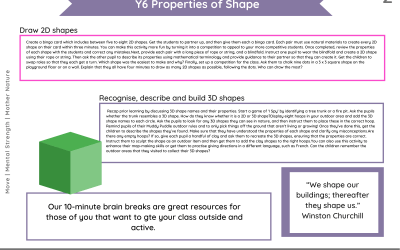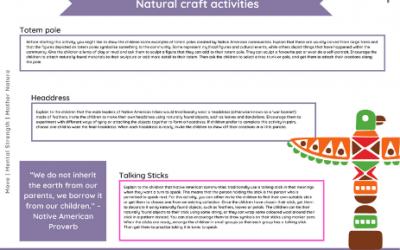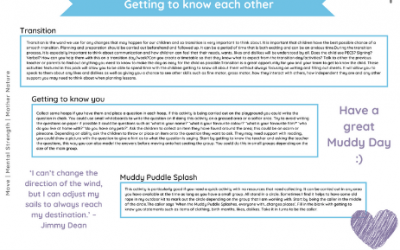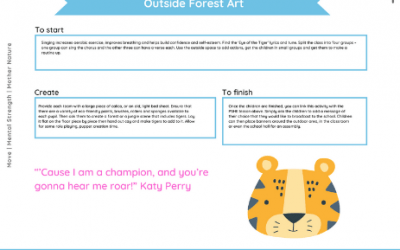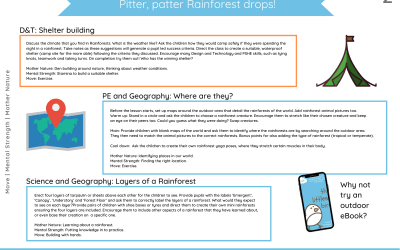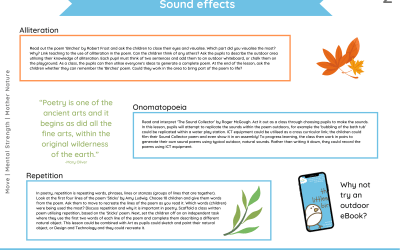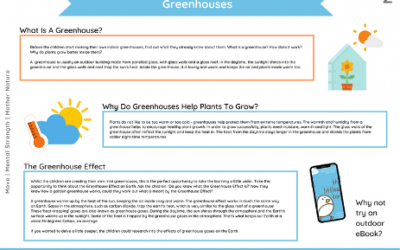The Muddy Challenge 500 is a new initiative launching in September 2021 - this is the full pack and can be accessed by...
Place Value of a 3 Digit Number
Apr 14, 2021
Place Value of a 3 Digit Number is a lesson plan that will help KS2 outdoor learning look easy! Simply get out of the...
Sunflower Day Growth Chart KS2
Apr 11, 2021
Enjoy using this KS2 Growth Chart resource on Sunflower Day so that the children can record the height and observe...
KS2 Weekly Outdoor Learning Challenges (Science Theme)
Jan 24, 2021
KS2 Weekly Outdoor Learning Challenges (Science Theme)
Hunt for Solids, Liquids & Gases
Jan 24, 2021
Hunt for Solids Liquids & Gases to get the children outside applying their Science and wonder of the world the...
UKS2 Materials, properties & processors
Jan 6, 2021
UKS2 Materials, properties & processors
KS2 Easter Story
Jan 6, 2021
KS2 Easter Story | Muddy Juniors In a nutshell: Teach the children about the Easter story outside using mother nature...
BLOG: Outdoor Learning at Home Ideas
Dec 9, 2020
Outdoor Learning at Home can often be somewhat a drain if the child has been at their desk all day. So why not...
Filling up a Bucket (KS2)
Dec 8, 2020
Use Filling up a Bucket KS2 to take your wellbeing lessons outside sing natural resources to inspire you. This lesson...
10 minute rain activities (KS2)
Dec 7, 2020
Use 10 minute rain activities (KS2) to help get the older kids outside loving life for all it gives us. ...
Y6 Properties of Shape (Outdoors)
Dec 3, 2020
Use Y6 Properties of Shape (Outdoors) to help take Year 6 learning outside. Outdoor Learning KS2 has never been so...
Measurement KS2
Sep 18, 2020
Measurement can seem a simple task to take outside but this pack will take you to the next level and fill you with innovative, fresh ideas to make it exciting and fun!
Cowboys and Native Americans KS2
Sep 16, 2020
Use Cowboys and Native Americans Ideas Pack to take this fantastic topic out of the class. Ideas for art, role play and much more.
UKS2 Transition Ideas Pack
Sep 9, 2020
Use UKS2 Transition Ideas Pack to help your class settle into a new year group The Muddy Puddle Teacher way!
World Tiger Day KS2
Sep 9, 2020
Use World Tiger Day KS2 to embrace all that is wonderful about Tigers. From outdoor art to poetry this pack has all the muddy puddle fun you need!
Rainforests KS2
Sep 2, 2020
Use Rainforests KS2 to get lots of wonderfully sustainable ideas that will take all of you on a learning adventure out od the classroom!
Poetry KS2
Sep 2, 2020
Poetry KS2 is full of different ways an ideas to take poetry outside. Use only natural and upcycled resources with The Muddy Puddle Teacher.
Indoor Garden Experiments KS2
Sep 2, 2020
Use Indoor Garden Experiments KS2 to make gardening and areas of the Science curriculum fun and manageable while being...
New In
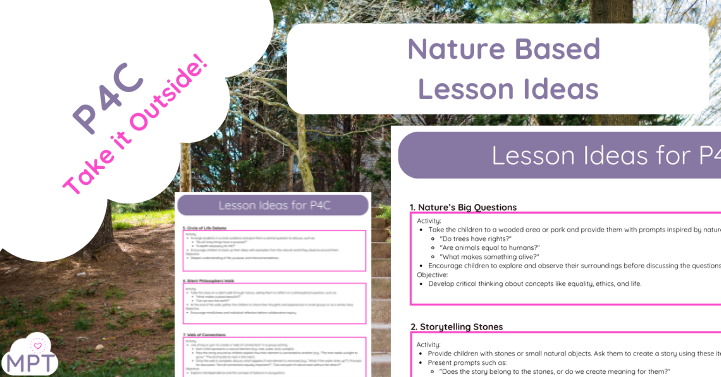
P4C Nature Based Lesson Ideas
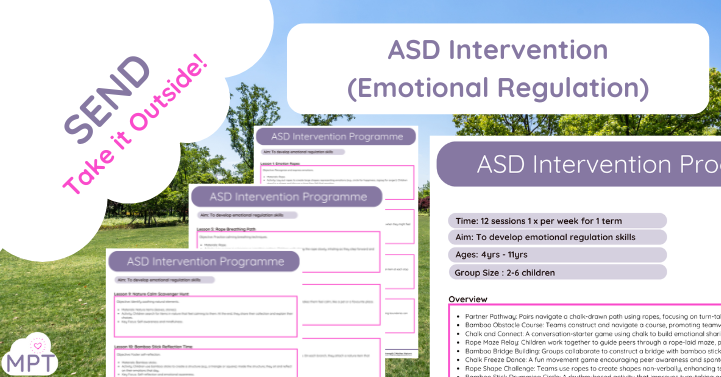
ASD Intervention – Emotional Regulation Programme
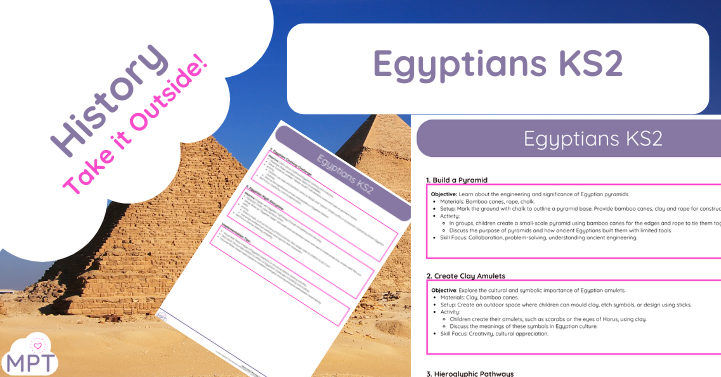
Egyptians KS2

ASD Intervention Programme (Social Skills)

Nature Craft Christmas – Fine Motor Task
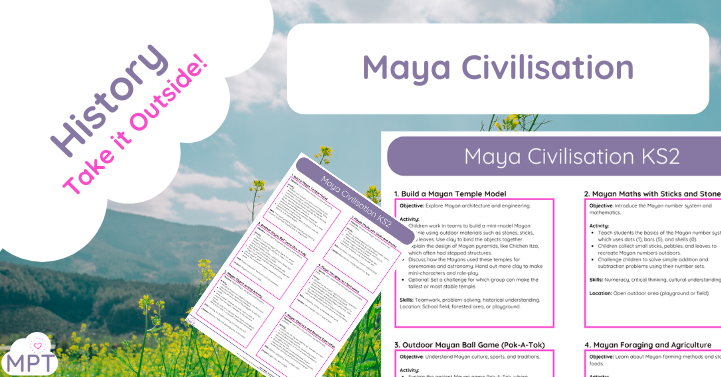
Maya Civilisation KS2
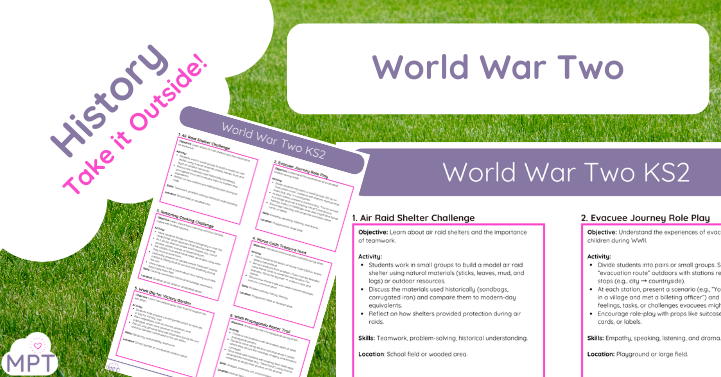
KS2 World War II Experience
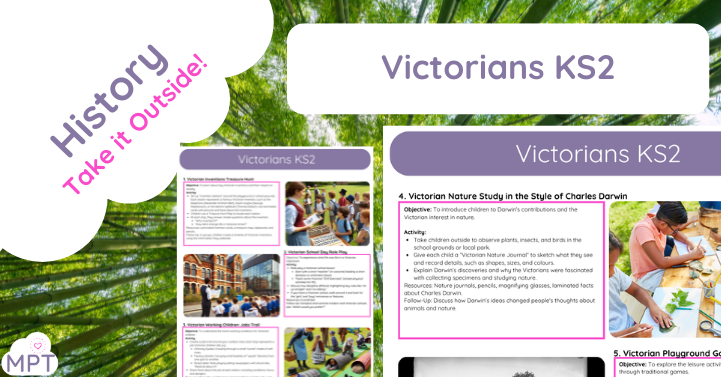
Victorians KS2
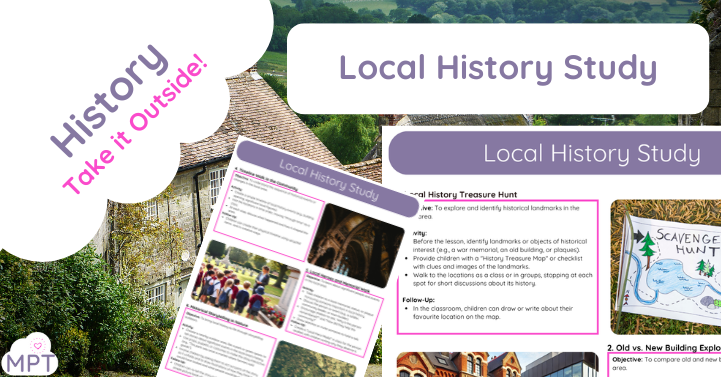
Local History Study



